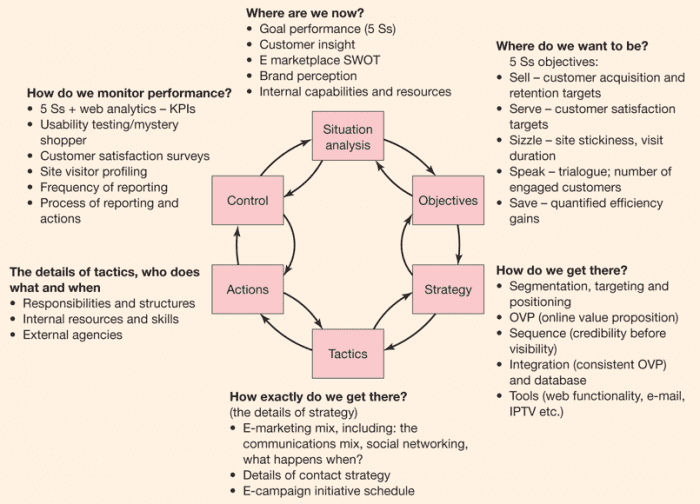‘What is the difference between a strategy and tactics?’ is one of the most common questions that ‘crops up’ when I’m running training workshops or discussing creating marketing plans with businesses.
It’s no surprise since the difference between these two activities often isn’t distinct. Yet, it’s an important question to answer since our research shows that so many businesses don’t have a clear marketing strategy or plan. Without a clear strategy it’s likely some of your tactics may be poorly directed, so may not be propelling the business in the direction needed.
10 key features that distinguish marketing strategy and tactics.
In this article, I will show the difference between strategy and tactics by looking at the characteristics of marketing strategy, which distinguish it from tactics. I’ll give examples that help show the difference between the two based on essential strategic activities.
1. Strategy defines future direction detailed activities don’t
All businesses use tactics to run their marketing because these happen organically, but a marketing strategy doesn’t, instead it requires a proactive effort to define it and communicate it to inform tactics. It’s vital to define a strategy since ultimately this is what will make your business successful by differentiating it from your competitors.
PR Smith’s excellent SOSTAC® framework clearly shows the difference between strategy and tactics. This visual shows how strategy answers the question ‘How do we get there?’ while the tactics are ‘the detail of strategy’:

In our members’ guide, Paul Smith gives different examples of tactics. These include The marketing mix of the 4Ps of product, promotion, place, and price.
Just to show that the distinction between strategy and tactics isn’t always clear, Paul and I have had many discussions throughout writing our books about the differences. I will concede that the details of the 4Ps are tactical, but as will see prioritizing processes are clear.
Where we do agree is that the trifecta of STP – Segmentation, Targeting, Positioning ARE a key part of the strategy as we’ll see in these following points.
2. Strategy defines competitive advantage
Looking at strategy through the lens of how precisely you can compete against competitors is a good way of distinguishing between strategy and tactics. If it fits your mindset, you can think of it as your ‘rules of engagement’ in a battle or war.
Sun-Tsu was certainly the first to write about this and Sun-Tsu’s strategic thinking can be readily applied to marketing strategy, his well-known, but likely apocryphal quote illustrates this well:
“Strategy without tactics is the slowest route to victory. Tactics without strategy is the noise before defeat”.
3. Strategy defines top-level resource allocation
Every business has limited resources of budget, people, and time at their disposal in the same way a general does. So an essential part of the strategy is deploying these resources to drive the biggest impact.
I like the technique of informing strategy by deciding what you WON’T invest in addition to deciding where you will focus. In this classic Harvard Business Review paper it’s suggested that many strategies fail because they are not strategies at all, instead, they are simply aspirations…“One major reason for the lack of action is that “new strategies” are often not strategies at all. A real strategy involves a clear set of choices that define what the firm is going to do and what it’s not going to do”.

 English
English French
French German
German



